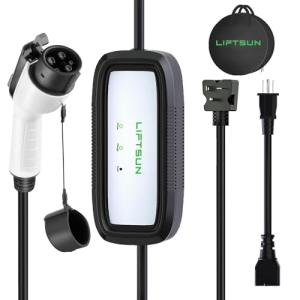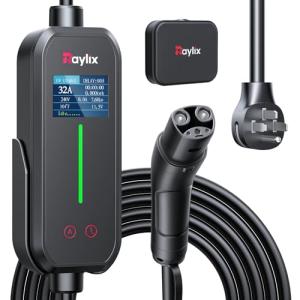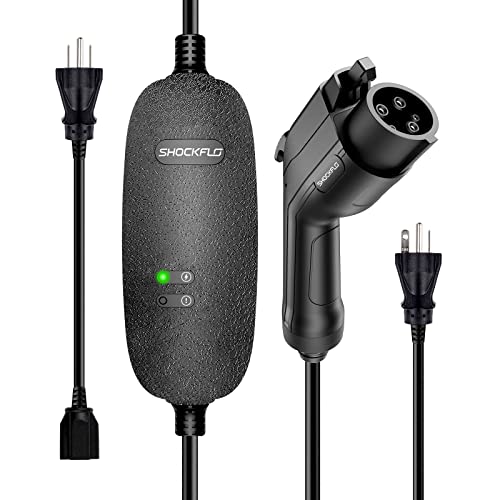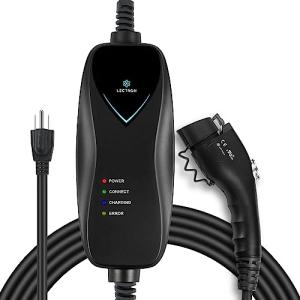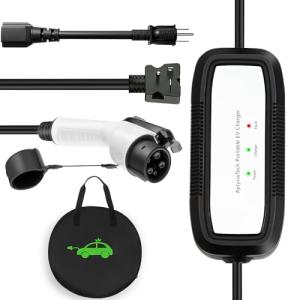Picking the right EV charger for your home isn’t as tough as it might seem. First off, think about how you use your electric vehicle. If you often need a quick charge, a Level 2 charger is your best bet. These chargers can fill up your battery much faster than the standard Level 1 chargers that come with your car.
Next, consider your home’s electrical capacity. Level 2 chargers need a dedicated 240-volt circuit, so check if your home can handle this without issues. It might be worth hiring a professional to assess this and help with the EV Charger Home Installation if needed.
Don’t forget about the location! Install your charger where you park your car for easy access. Whether it’s your garage or driveway, make sure it’s convenient for you to plug in when you get home. And be sure to pick a charger that fits your style too—some come with nifty features like Wi-Fi connectivity to monitor your charging remotely.
Lastly, look into the compatibility of the charger with your vehicle. Most chargers are pretty universal, but it’s best to double-check. This way, you’ll end up with a charger that works seamlessly with your car and makes the EV Charger Home Installation process smooth and hassle-free.
Understanding Your Home’s Electrical Capacity
When you're diving into EV charger home installation, understanding your home's electrical capacity is super important. You want to make sure your electrical system can handle the extra load from your shiny new charger. Otherwise, you're asking for trouble. It's like trying to plug too many appliances into a single outlet and wondering why the lights flicker.
First off, check your home's main electrical panel. This is where all the magic happens. Look for the total amperage rating; this tells you how much power your home can handle. Most newer homes come with a 200-amp panel, which is great for EV charger home installation. If you have an older panel with just 100 amps, you might need an upgrade. Better safe than sorry, right?
Next, you’ll want to figure out how much power your EV charger will need. Level 2 chargers typically require a 240-volt connection and can pull anywhere from 20 to 40 amps. Make sure your electrical system can accommodate this. If you're already close to the limit with your current appliances, you might need to make some adjustments. It's all about balance!
Don’t forget to consider your home’s wiring as well. Older wires may not support modern chargers, which could lead to potential safety hazards. If you're in doubt, it’s always a good idea to call in a pro. They can assess your setup and help with the EV charger home installation, ensuring everything’s up to code and safe for everyday use.
LiftSun Portable EV Charger Level 1+2, 16 Amp
Charge your electric vehicle anywhere with this handy and versatile portable charger
Product information
$109.99
Product Review Score
4.09 out of 5 stars
62 reviewsProduct links
Step by Step Installation Process
Installing an electric vehicle (EV) charger at home might sound tricky, but it’s easier than you think! Here’s a straightforward step-by-step guide to help you with your EV Charger Home Installation.
1. Choose the Right Spot: Look for a location close to your EV parking space. Ideally, this area should have easy access to your home’s electrical panel. Make sure the spot is dry and sheltered from the weather.
2. Gather Your Tools: You’ll typically need a drill, wrenches, wire cutters, and safety gear. If you're not comfortable working with electricity, consider hiring a professional electrician.
3. Install the Wall Mount: Most chargers come with a mounting bracket. Use your drill to attach the bracket securely to the wall. Make sure it’s level, so your charger hangs straight!
4. Connect the Wiring: Follow the manufacturer’s instructions carefully. You’ll connect the charger to your home’s electrical system, making sure to switch off power during installation. Double-check all connections to avoid any problems later.
5. Test the Charger: Once everything’s connected, turn on the power and test your new charger. Plug it into your EV and see if it charges smoothly. If everything works well, you’re all set to hit the road!
Raylix 32A Level 2 Tesla Fast Charger
Charge your Tesla quickly and conveniently with the Raylix 32A Level 2 Charger
Product information
$199.99
Product Review Score
4.74 out of 5 stars
82 reviewsProduct links
Tips for Safe and Effective Use
Getting your EV charger set up at home is exciting, but let’s make sure you do it safely and effectively. Here are some tips to keep in mind during your EV Charger Home Installation:
1. Choose the Right Location: Pick a spot that’s convenient for your car and close to your electrical panel. Make sure there’s enough space around it for easy access. Don’t forget to consider things like whether you’ll be charging in rainy weather.
2. Professional Help is Key: Unless you’re an electrician, it’s smart to hire a pro for the installation. They’ll ensure everything meets your local codes and is wired correctly, which keeps things safe and sound.
3. Check Your Electrical Capacity: Before you dive into the installation, find out if your home’s electrical system can handle the extra load. A quick conversation with an electrician can save you time and headaches down the road.
4. Use Quality Equipment: Invest in a good EV charger and quality wiring. Cheaper options might save you a few bucks now, but they could lead to issues later. You want something that’s reliable and built to last.
5. Stay Informed: Familiarize yourself with the charger’s features and settings. Knowing how to use it properly can help you run into fewer problems and make the most of your EV Charger Home Installation.
